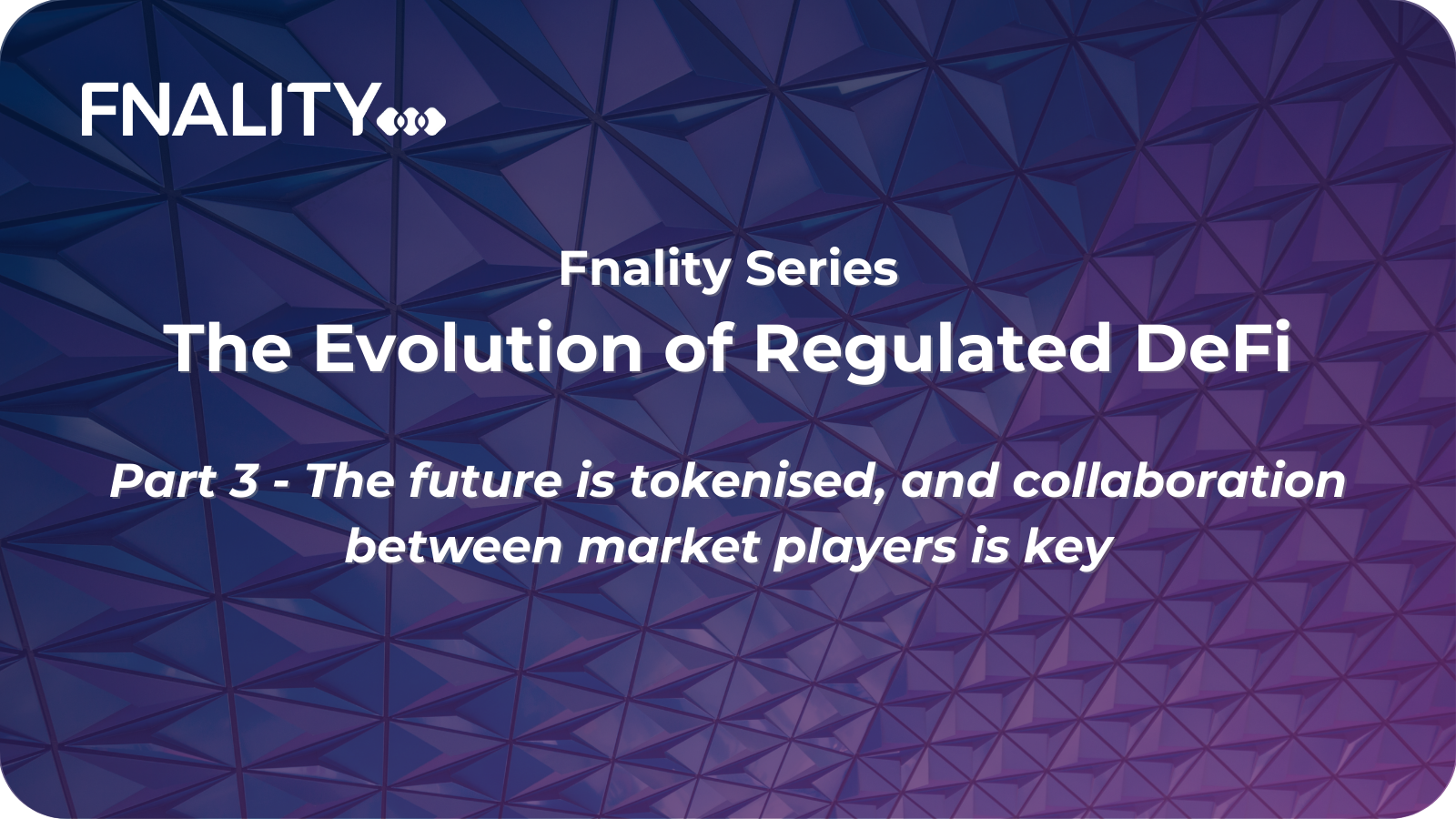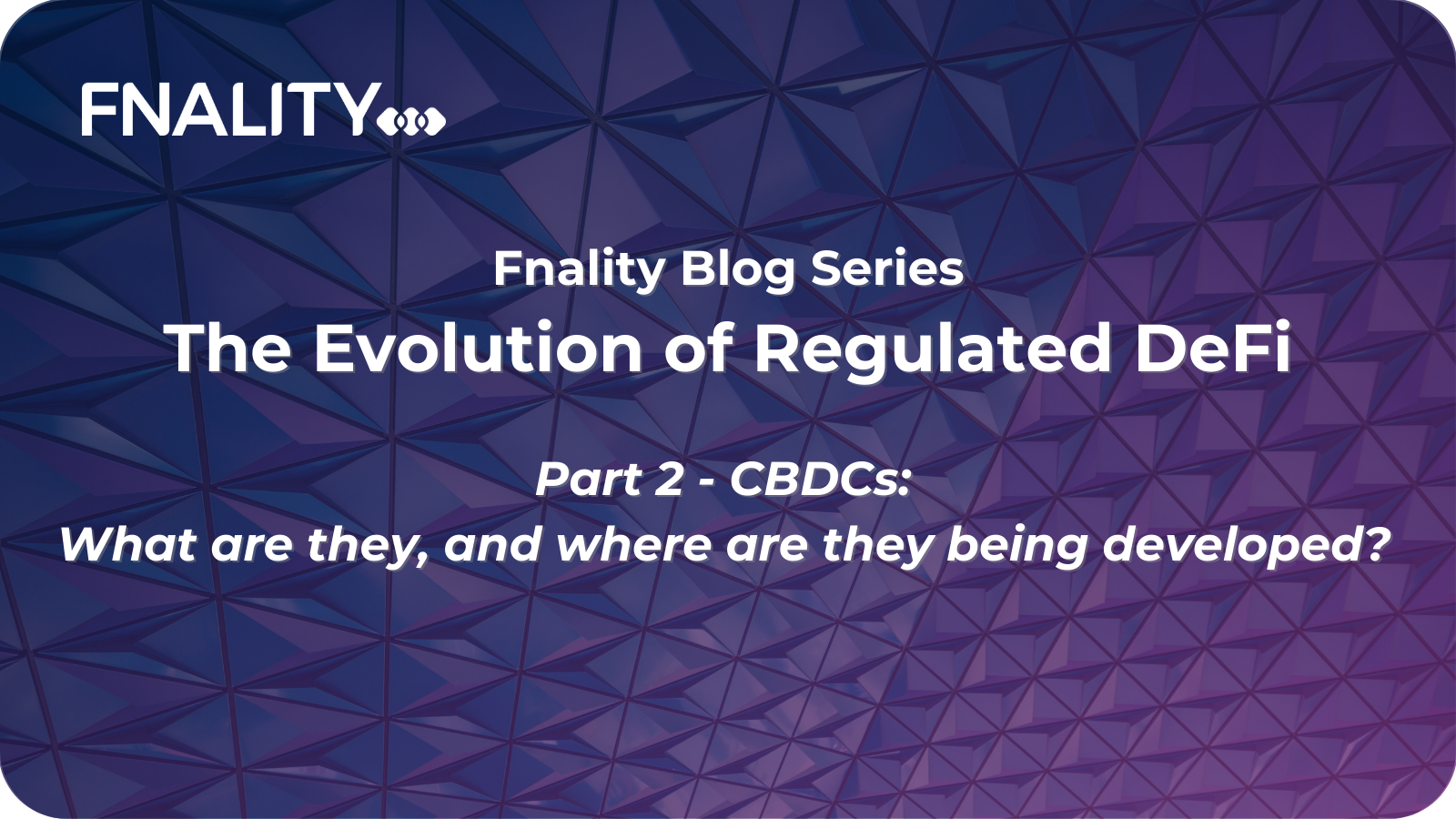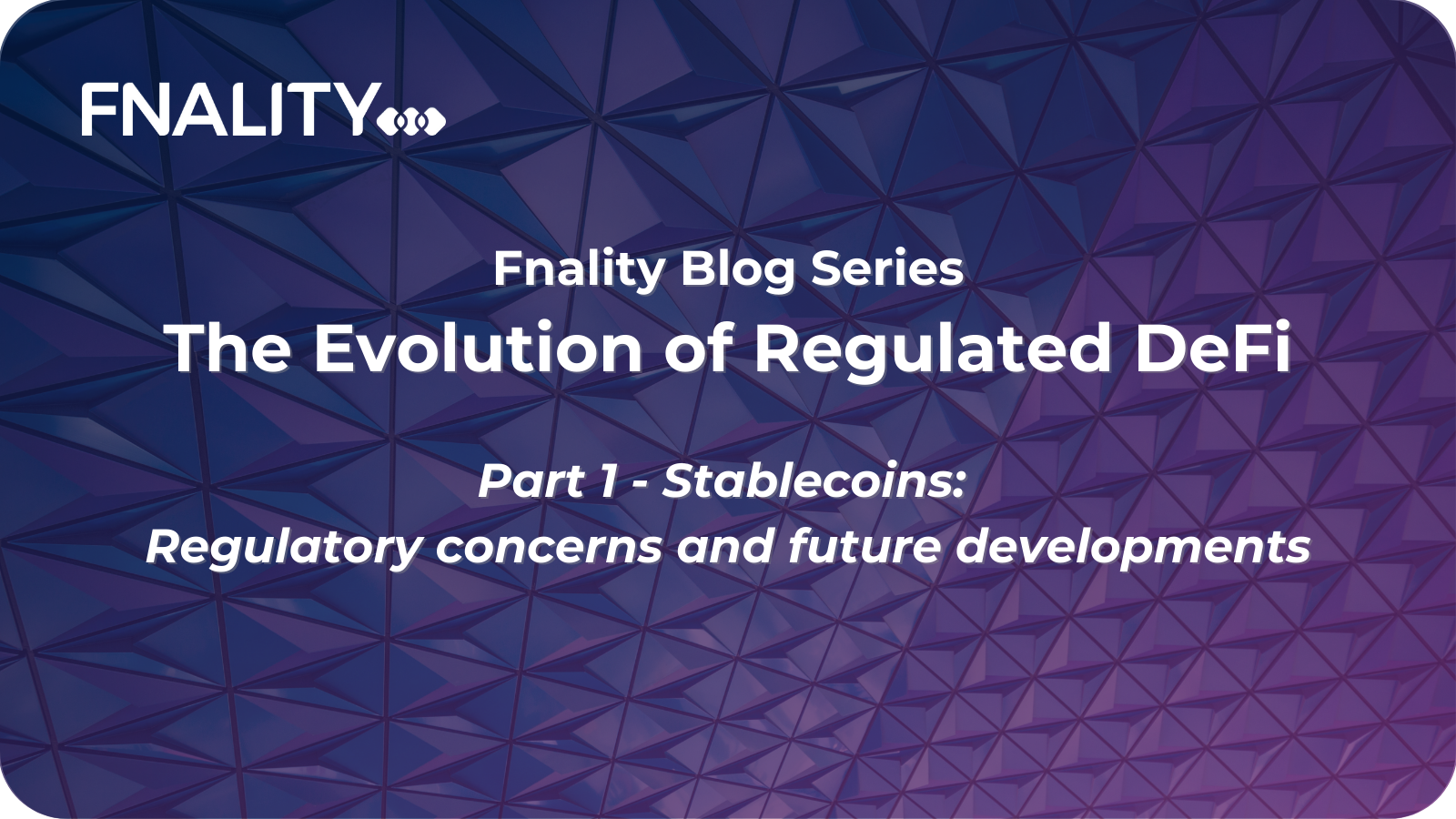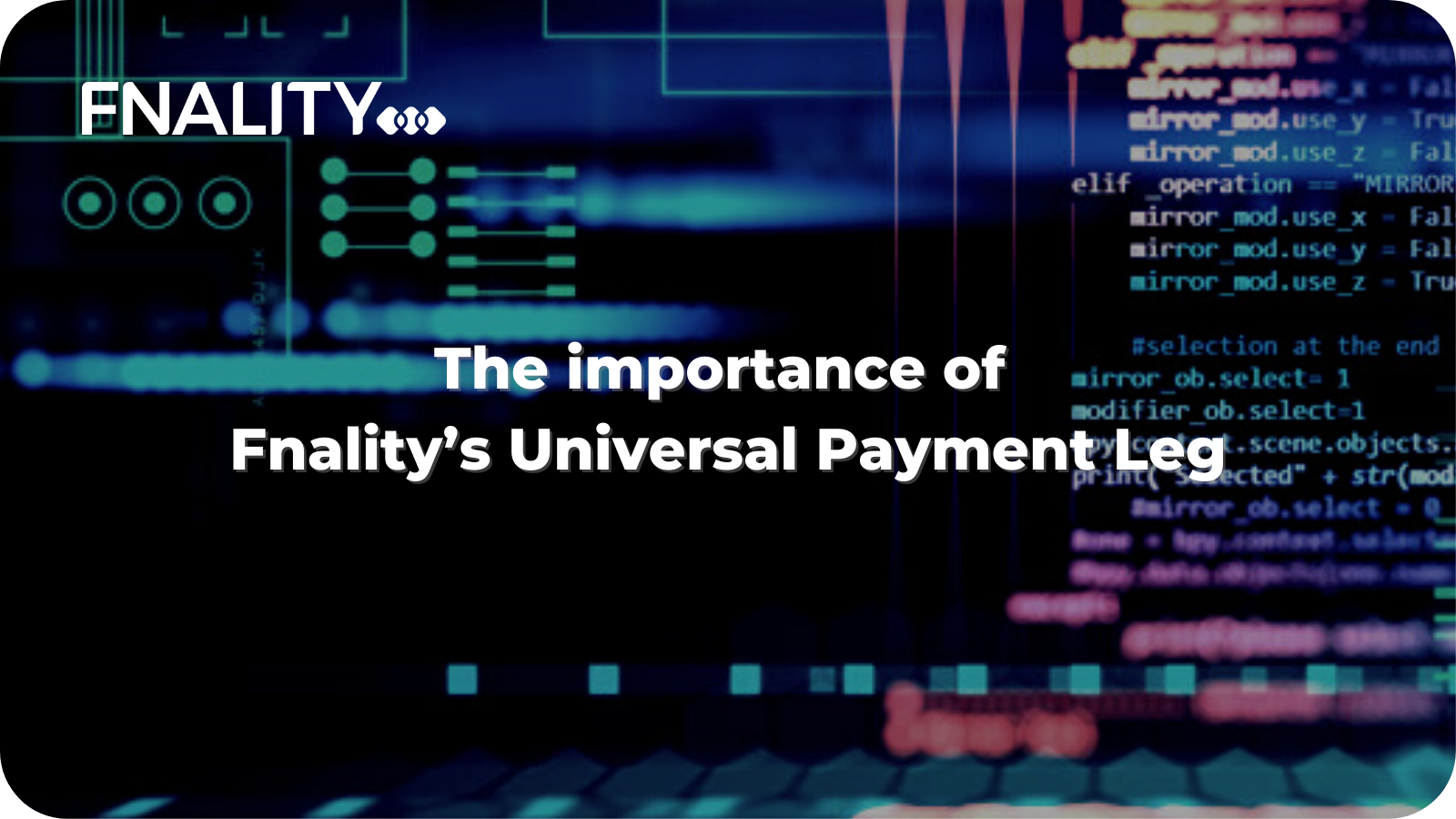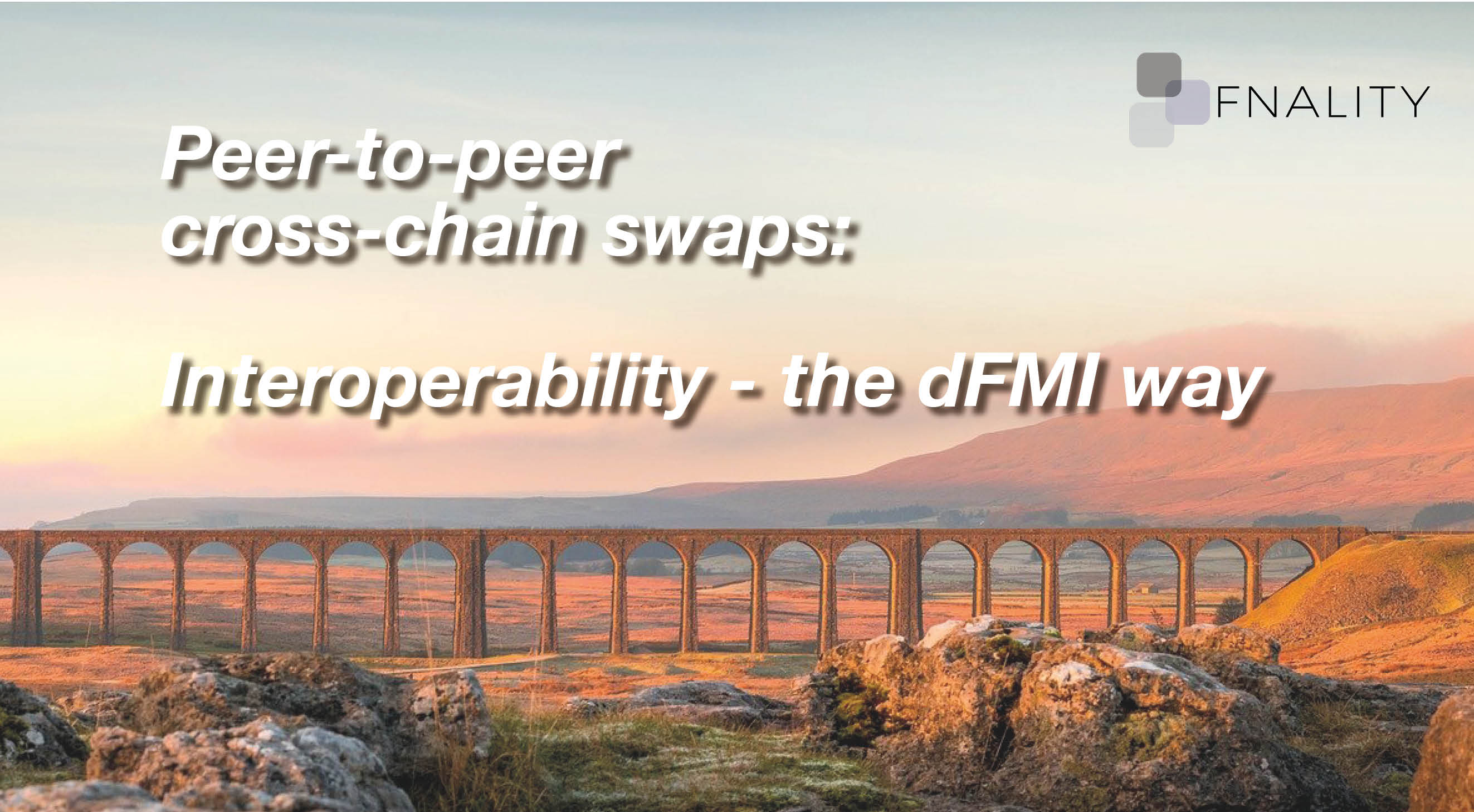In our two previous blog posts on stablecoins and CBDCs, we have discussed why the speed of market acceptance of stablecoins has constituted a financial stability concern for oversight authorities, pushing them to speed up their discussion around building appropriate legal frameworks to regulate new payment solutions.
We have also explored the acceleration of CBDC discussions in response to the perceived threat to existing currencies that central bankers see in stablecoins.
In the third and final blog post of this series, we highlight that several traditional market players have demonstrated their intention to explore and enter the stablecoin/DeFi space as a competitive response.
The amount...

